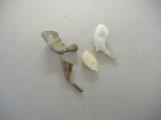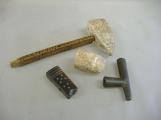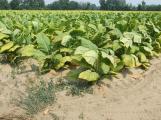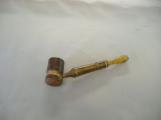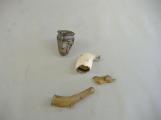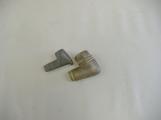1
There is no recorded history of when tobacco was first used, nevertheless, there is documented evidence that tobacco was grown throughout Upper and Lower Canada by Jacques Cartier in 1535 and Samuel de Champlain in 1615.3
The Teonnontates (Petuns) and Attawandarons (Neutral) nations grew large volumes of tobacco along south of Georgian Bay and the northern shores of Lake Erie The name "petun" was a derivatively used native word for tobacco; the name was consequently attached to the Teonnontates for the large volumes of tobacco they produced.5
The Attawandaron (Nation of the Neutrals) occupied the territory along the north shore of Lake Erie from Niagara River to Lake St. Clair, now referred to as the the present day tobacco belt. In many archaeological digs, stone carved and clay pipes made by the First Nation People are often found on the Sand Plains of Bothwell and surrounding areas of Ontario as evidence of this.7
Nicotiana rustica, more commonly branded as Indian tobacco, produced small, strong and bitter leaves was the desired crop once grown in Ontario where as nicotiana tabacum grew in South and Central America produced a milder, broad leaf, which thrives well as a cultivated plant.9
It is historically noted the defeat of the Petuns and the Neutrals by the Iroquois brought changes to the variety of tobacco grown in Ontario. Over time, tabacum replaced rustica and present day tobacco belongs to tabacum family.11
Tobacco, for many users today, is purely for the purpose of smoking, chewing or snuffing; to fulfill a physical desire, however for the First Nations the use of tobacco reaches far beyond a physical need. For thousands of years, the plant has and still is used in the native prayers, rituals and ceremonies. They believe it to be a powerful spiritual means to communicate with their spirit world when smoking tobacco in a scared pipe.12
First Nations Clay and Wood PipesPre & Post Contact First Nations
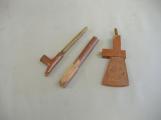 Credits:
Credits:Courtesy of Fairfield Museum
